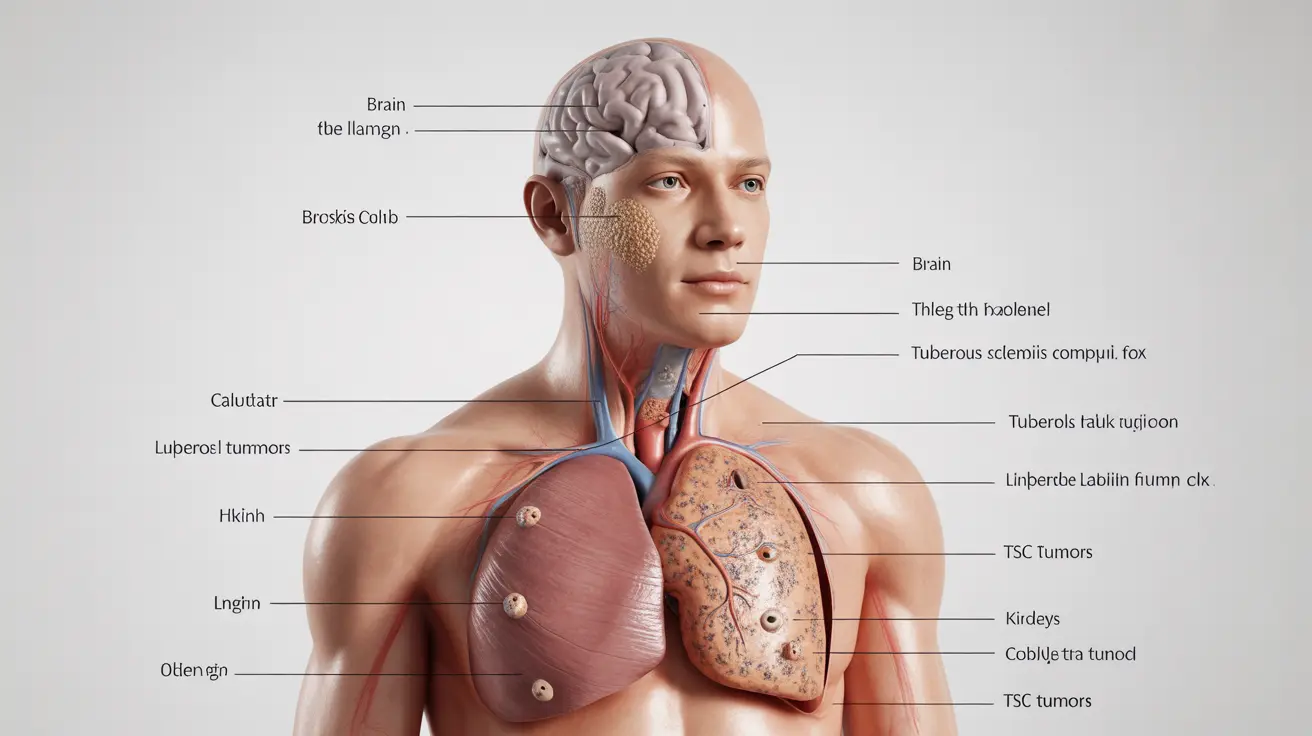In the medical field, the abbreviation TS commonly refers to Tuberous Sclerosis Complex, a rare genetic disorder that causes non-cancerous tumors to grow in various parts of the body. This condition affects approximately 1 in 6,000 newborns and can impact multiple organ systems, including the brain, skin, heart, lungs, and kidneys.
Understanding TS is crucial for both healthcare providers and affected families, as early recognition and proper management can significantly improve outcomes. Let's explore this condition in detail, from its underlying causes to available treatment options.
What Causes Tuberous Sclerosis?
Tuberous Sclerosis Complex occurs due to mutations in either the TSC1 or TSC2 genes. These genes normally help regulate cell growth and division. When mutated, they can't properly control cell growth, leading to the development of benign tumors throughout the body.
The condition can be inherited from a parent or occur as a new genetic mutation. Approximately two-thirds of cases result from spontaneous genetic changes, while one-third are inherited in an autosomal dominant pattern.
Common Signs and Symptoms
Skin Manifestations
The skin often shows the earliest and most visible signs of TS, including:
- White patches (hypomelanotic macules)
- Facial angiofibromas
- Shagreen patches
- Ungual fibromas
Neurological Symptoms
Brain involvement can lead to several neurological complications:
- Seizures (affecting up to 85% of patients)
- Developmental delays
- Behavioral problems
- Learning difficulties
Other Organ Systems
TS can affect multiple organs, causing:
- Heart rhabdomyomas
- Kidney angiomyolipomas
- Lung complications (particularly in women)
- Eye abnormalities
Diagnosis and Medical Evaluation
Diagnosing TS requires a comprehensive medical evaluation that typically includes:
- Detailed physical examination
- Genetic testing
- Brain MRI
- Heart echocardiogram
- Kidney ultrasound
- Eye examination
Treatment Approaches
Managing Seizures
Anti-epileptic medications are often the first line of treatment for seizure control. In some cases, surgical interventions may be necessary if medications prove ineffective.
Tumor Management
Treatment for tumors varies depending on their location and size. Options include:
- Regular monitoring
- mTOR inhibitors
- Surgical removal when necessary
- Embolization procedures for certain types of tumors
Supportive Care
A comprehensive care plan often includes:
- Educational support
- Behavioral therapy
- Physical therapy
- Occupational therapy
- Regular medical monitoring
Frequently Asked Questions
- What does the medical abbreviation TS stand for and what is tuberous sclerosis?
TS stands for Tuberous Sclerosis Complex, a genetic disorder that causes benign tumors to grow in multiple organs throughout the body. It affects various systems including the brain, skin, heart, lungs, and kidneys.
- What are the common symptoms and signs of tuberous sclerosis (TS)?
Common signs include skin abnormalities (white patches, facial angiofibromas), seizures, developmental delays, and tumors in various organs. The severity and combination of symptoms can vary significantly among individuals.
- How is tuberous sclerosis diagnosed by doctors?
Doctors diagnose TS through a combination of clinical examination, genetic testing, and imaging studies including brain MRI, heart echocardiogram, and kidney ultrasound. They also look for specific diagnostic criteria established for the condition.
- What treatment options are available for managing seizures and tumors in tuberous sclerosis?
Treatment options include anti-epileptic medications for seizures, mTOR inhibitors for tumor management, surgical interventions when necessary, and various supportive therapies. Treatment plans are typically individualized based on specific symptoms and complications.
- Can tuberous sclerosis be inherited, and what is the risk of passing it to children?
Yes, tuberous sclerosis can be inherited in an autosomal dominant pattern. If a parent has TS, there is a 50% chance of passing it to each child. However, about two-thirds of cases occur due to new genetic mutations with no family history.




